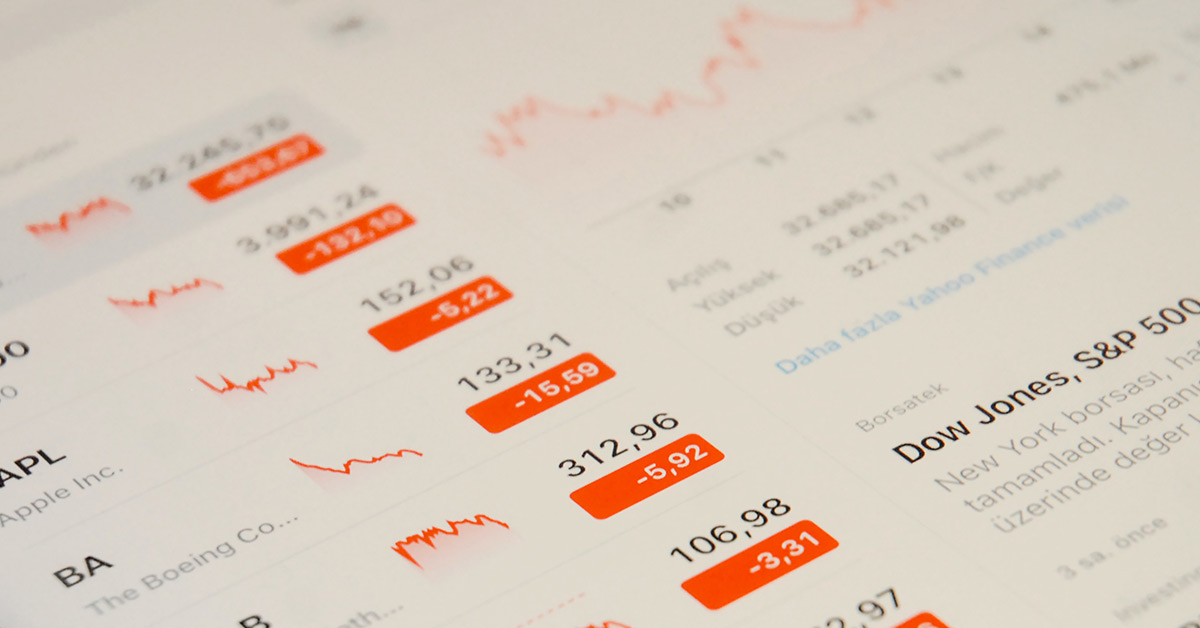
Although M&A activity may have slowed amid economic uncertainty over the past year, it’s hardly an anomaly. However, a new report from Rabobank, titled “The New Deal Environment,” says that slowdown means potential buyers and sellers may have to significantly rethink how they approach deals going forward.
According to the report, released earlier this month, mergers and acquisitions in the beverage sector have fallen from recent high points at the end of Q4 2021 and Fall 2022, but overall deal flow remains largely in line with trends over the past 15 years. Another recent report from Capstone Partners put the drop in beverage deals at -21.4% year-over-year through July 10, from 140 transactions at that point in 2022 to 110 this year.
While the average quarterly dollar value of M&A deals in the U.S. ranks above past low points such as Spring 2009 (during the recovery from the Great Recession) and Fall 2018, Rabobank has suggested that a market reset is nevertheless underway.
“The basics of deal math say that if money is coming at a higher rate and the risks have increased, then the potential return has to be that much greater,” wrote Jim Watson, senior analyst for beverage at Rabobank, in the report. “We see challenges on the return side of the equation as well. Consumer sentiment has fallen, real wages are in decline, and there is a potential recession on the horizon.”
Going forward, Watson suggested that “the nature and the tenor of the deals getting done need to change” as buyers become more disciplined about valuations and sellers “may need to lower expectations.” In particular, this shift in expectations reflects the reality of high growth rate brands struggling to justify their initial valuations; the report pointed to recent IPOs such as Oatly and Black Rifle Coffee Company that have seen their valuations slide after going public.
“Companies may need to line up targets and then remain watchful and ready to act as seller expectations change,” Watson wrote.
Not all growth stocks have fallen, however. The report highlighted performance energy brand Celsius, which has seen its stock price and valuation continuously grow as the company has doubled its volume sales consecutively over the past four years. Last year, that brand entered an exclusive distribution pact with PepsiCo and received a $550M equity investment from the strategic. Other deals, such as Keurig Dr Pepper $863M investment into Nutrabolt for its C4 brand have shown similar strength.
Still, brands will need to prioritize de-risking their companies, and the Rabobank report suggested utilizing vertical integration models when possible and relevant, noting that while the worst of last year’s supply chain disruptions appear to be behind us, “the threat of a return of trade wars and/or rising energy costs is real.”
For potential buyers, rather than focusing on venture and diversification, companies are more likely to be paying attention to acquisitions that offer an opportunity to improve their scale and efficiency and deals focused on potential cost savings should be seen as “lower risk” than deals focused on revenue synergies.
Rabobank pointed to beer and soda distributor Reyes Beverage Group’s acquisition of 16 different companies over the past five years, primarily focused on the California beer market, as a template for how this type of consolidation strategy could be employed by other buyers.
Though not mentioned in the report, Monster Energy’s recent acquisition of former rival Bang shows another pathway for deals focused on potential savings to play out. While Bang does add a well-known national brand to Monster’s portfolio, the addition of Bang’s Arizona production facility has been widely viewed as a key asset in the deal, granting Monster more Western U.S. manufacturing power. The company has said it intends to use the facility to manufacture Monster and other brands, alongside Bang.
“We view deals focused on potential cost savings as lower risk than deals focused on revenue synergies,” Watson wrote. “With our years of experience modeling companies, we felt comfortable including cost synergies of 3% to 5% of revenues from an acquisition in models and found that these were fairly consistently delivered. On the flip side, we were loath to include any revenue synergies – these need to be seen to be believed and often don’t materialize.”
Another recent report from Whipstitch Capital noted that while the number of food and beverage M&A deals is down, the average dollar size of deals has grown in recent years. From 2015 to 2018, the average transaction size for beverage deals was around $143 million; that grew to $200 million for deals between 2019 and 2022. For food brands, average deal size went from $155 million to $181 million in the same time span.